Home>Storage Ideas>Bathroom Storage>How Big Should A Bathroom Mirror Be?
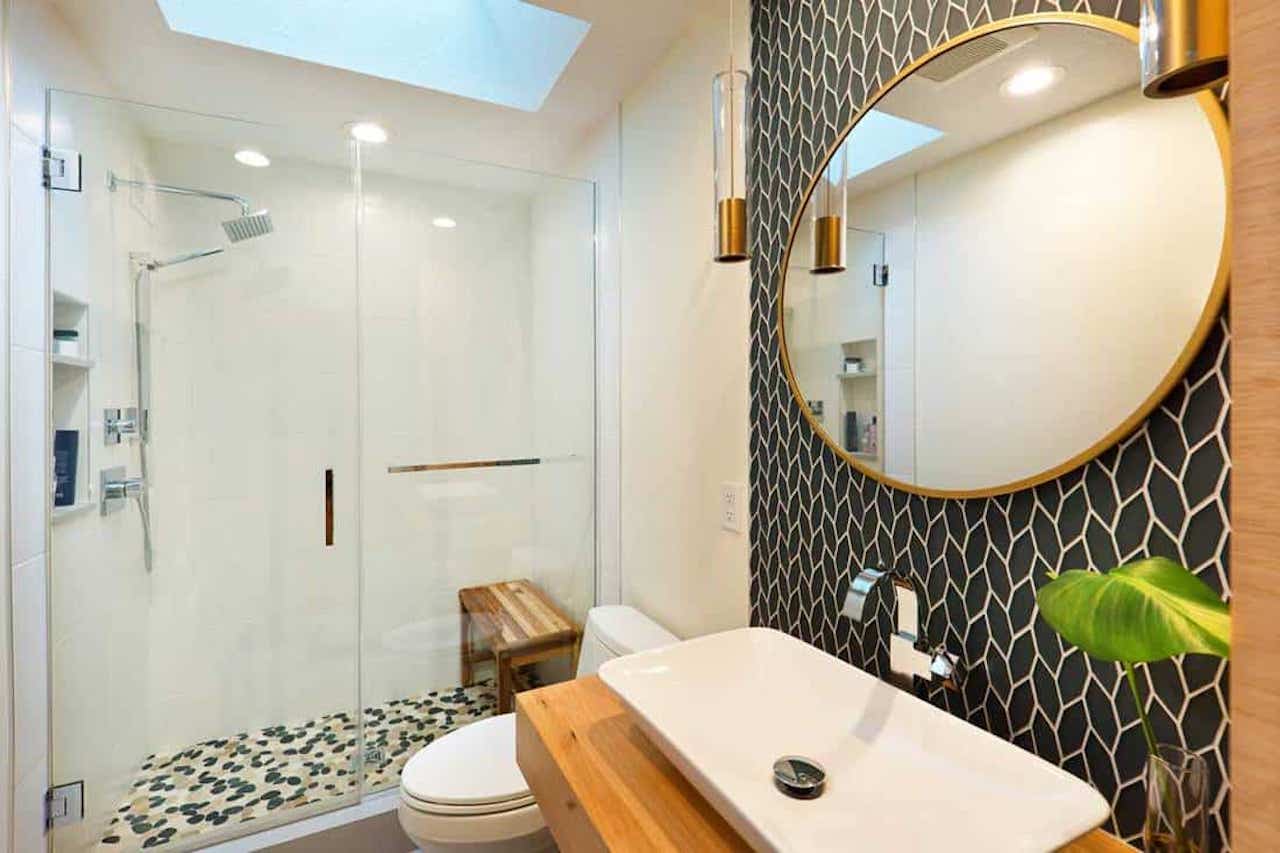

Bathroom Storage
How Big Should A Bathroom Mirror Be?
Modified: January 6, 2024
Discover the ideal size for a bathroom mirror and optimize your bathroom storage. Find out how to choose the perfect mirror to maximize space and style.
(Many of the links in this article redirect to a specific reviewed product. Your purchase of these products through affiliate links helps to generate commission for Storables.com, at no extra cost. Learn more)
Introduction
Welcome to the world of bathroom storage optimization! Whether you have a small powder room or a spacious master bathroom, finding the perfect storage solutions is essential for keeping your bathroom tidy and organized. One often-overlooked aspect of bathroom storage is the size of your mirrors. Choosing the right size can make a big difference in both functionality and aesthetics.
The size of your bathroom mirror is not just a matter of personal preference; it should also be influenced by key factors such as the size of your bathroom, the layout, and the overall design scheme. In this article, we will explore the various factors to consider when selecting the size of your bathroom mirror, the standard sizes available, and the pros and cons of different mirror sizes. We will also provide you with some tips to help you choose the perfect size for your bathroom.
So, let’s dive in and discover the world of bathroom mirror sizes!
Key Takeaways:
- Choose a bathroom mirror size based on factors like bathroom size, wall space, vanity width, and functional purpose to enhance functionality and complement your bathroom’s design.
- Consider pros and cons of small, medium, and large mirror sizes to strike a balance between functionality and aesthetics, ensuring the perfect fit for your bathroom.
Read more: How Big Should The Mirror Be Over The Vanity
Factors to consider when choosing the size of a bathroom mirror
When it comes to selecting the size of your bathroom mirror, there are several important factors to take into consideration. Let’s explore these factors in detail:
- Bathroom size: The size of your bathroom will play a significant role in determining the appropriate mirror size. In a small bathroom, a large mirror can create an illusion of more space and make the room appear larger. On the other hand, in a spacious bathroom, a smaller mirror may not have the desired impact and can feel disproportionate to the overall space.
- Wall space: The available wall space should also be considered when choosing the size of your bathroom mirror. You want to ensure that the mirror fits comfortably on the wall without overpowering other elements such as the vanity or lighting fixtures. Measure the wall space and take note of any obstructions like windows or cabinets that may impact the mirror’s size.
- Vanity width: The width of your vanity is an essential factor to consider. Ideally, the mirror should be slightly narrower than the width of the vanity to avoid a cramped or crowded look. A good rule of thumb is to choose a mirror that is 2 to 4 inches shorter than the width of the vanity.
- Height: The height of the mirror is equally important. For most people, a mirror that starts a few inches above the vanity and extends a few inches below eye level is the most comfortable and practical option. However, if you have a taller family member or prefer a different height, consider adjusting the mirror accordingly.
- Functional purpose: Consider how you plan to use the bathroom mirror. If you primarily use it for personal grooming activities like applying makeup or shaving, a larger mirror that provides a full view of your face and upper body is ideal. Alternatively, if the mirror is more decorative and serves as an accent piece, you have more flexibility in choosing the size based on aesthetics.
By taking these factors into account, you can make an informed decision regarding the size of your bathroom mirror that will not only enhance its functionality but also complement the overall design of your bathroom.
Standard sizes for bathroom mirrors
When it comes to bathroom mirrors, there are some standard sizes that are commonly available in the market. These standard sizes can serve as a starting point when determining the size of your mirror. Here are a few commonly found sizes:
- 24 inches wide: A mirror with a width of 24 inches is a popular option for smaller bathrooms or powder rooms. It provides an adequate reflective surface without overwhelming the space.
- 30 inches wide: This size is suitable for medium-sized bathrooms and offers a bit more mirror space. It can work well above a single sink vanity or as part of a larger mirror arrangement.
- 36 inches wide: A 36-inch wide mirror is commonly used in larger bathrooms or above double sink vanities. It provides ample space for multiple users and adds a sense of symmetry to the space.
- 40 inches wide or larger: For spacious bathrooms or those with extra-wide vanities, larger mirrors above 40 inches wide can create a stunning visual impact. They can make a statement and enhance the overall design aesthetic of the room.
These standard sizes are widely available and can be a helpful starting point when shopping for a bathroom mirror. However, keep in mind that not all bathrooms are created equal, and you may need to adjust these sizes based on your specific space and preferences.
Now that we have explored the standard sizes, let’s discuss the pros and cons of different mirror sizes to help you make an informed decision.
A bathroom mirror should ideally be at least 60-70% of the width of the vanity or sink it is placed above to provide sufficient reflection and visual balance.
Pros and cons of different mirror sizes
Choosing the right size for your bathroom mirror involves considering the pros and cons of different options. Let’s explore the advantages and disadvantages of various mirror sizes:
- Small mirrors:
- Perfect for smaller bathrooms or powder rooms where space is limited.
- Can make the room feel larger by creating the illusion of more space.
- Less expensive compared to larger mirrors.
- May not provide an ample reflective surface for grooming and other activities.
- Can make the space feel cramped if not proportionate to the vanity or overall bathroom size.
- Medium-sized mirrors:
- Suitable for medium-sized bathrooms, providing a balance between functionality and aesthetics.
- Offers more mirror surface area for grooming and other activities.
- Can enhance the overall design of the bathroom without overwhelming the space.
- May still feel inadequate in larger bathrooms or above double sink vanities.
- Could be limiting if you have specific design preferences or require a larger reflective surface.
- Large mirrors:
- Ideal for spacious bathrooms or above double sink vanities.
- Provides a generous reflective surface for various activities.
- Makes a statement and adds a sense of luxury and grandeur to the space.
- Can be expensive compared to smaller mirrors.
- May not be suitable for smaller bathrooms as they can overwhelm the space.
- Requires ample wall space for installation.
Pros:
Cons:
Pros:
Cons:
Pros:
Cons:
Considering these pros and cons will help you determine the mirror size that best fits your specific needs and preferences. Remember, it’s about finding the right balance between functionality, aesthetics, and the space available in your bathroom.
Tips for selecting the right mirror size for your bathroom
Now that you are aware of the factors to consider, the standard sizes available, and the pros and cons of different mirror sizes, here are some helpful tips to guide you in selecting the perfect mirror size for your bathroom:
- Measure the available wall space: Before making a purchase, measure the wall space where you plan to install the mirror. Consider any obstructions such as windows, cabinets, or lighting fixtures that may impact the size of the mirror.
- Consider the size of your vanity: The width and height of your vanity should be taken into account. As a general guideline, the mirror should be slightly narrower than the width of the vanity. Aim for a mirror height that starts a few inches above the vanity and extends a few inches below eye level.
- Think about the overall aesthetic: Consider the overall look and feel you want to achieve in your bathroom. A larger mirror can create a focal point and make a statement, while a smaller mirror can blend in seamlessly with the rest of the design elements. Choose a size that complements the style and ambiance of your bathroom.
- Reflect on functionality: Think about how you use your bathroom mirror. If it primarily serves as a grooming station, choose a size that provides ample reflective surface for your daily routine. If it’s more for decorative purposes, you have more flexibility to opt for smaller or larger sizes based on your preferences.
- Consider the size of other bathroom fixtures: Take into account the size of other fixtures in your bathroom, such as the lighting fixtures, cabinetry, or artwork. Ensure that the mirror fits proportionately with these elements and does not overpower them.
- Consult with a professional: If you’re unsure about the appropriate mirror size or need guidance in selecting the right size for your bathroom, don’t hesitate to seek advice from a professional designer or contractor. They can provide valuable insights and help you make an informed decision.
By following these tips, you’ll be well-equipped to choose the ideal mirror size that enhances both the functionality and aesthetics of your bathroom, creating a harmonious and visually appealing space.
Read more: How Big Should My Vanity Light Be
Conclusion
When it comes to bathroom storage optimization, the size of your mirror plays a crucial role. By considering various factors such as the size of your bathroom, wall space, vanity width, and functional purpose, you can determine the appropriate mirror size that best suits your needs and preferences.
While there are standard sizes for bathroom mirrors, it’s important to remember that these are just starting points. Every bathroom is unique, and you may need to adjust the mirror size based on your specific space and design requirements.
We discussed the pros and cons of different mirror sizes, providing insights into the advantages and disadvantages of small, medium, and large mirrors. It’s essential to strike a balance between functionality and aesthetics when selecting the appropriate mirror size.
For a successful mirror selection, take the time to measure the available wall space, consider the size of your vanity, think about the overall aesthetic you want to achieve, and reflect on the functionality you require. Additionally, considering the size of other bathroom fixtures and consulting with a professional can guide you in making the right decision.
Ultimately, choosing the right mirror size will not only enhance the functionality of your bathroom but also elevate its overall design aesthetic. Whether you opt for a small mirror to create the illusion of more space, a medium-sized mirror for a balanced look, or a large mirror for a grand statement, the choice is yours.
So, take your time, explore the options, and find that perfect mirror size that reflects your personal style while optimizing your bathroom storage and organization.
Frequently Asked Questions about How Big Should A Bathroom Mirror Be?
Was this page helpful?
At Storables.com, we guarantee accurate and reliable information. Our content, validated by Expert Board Contributors, is crafted following stringent Editorial Policies. We're committed to providing you with well-researched, expert-backed insights for all your informational needs.
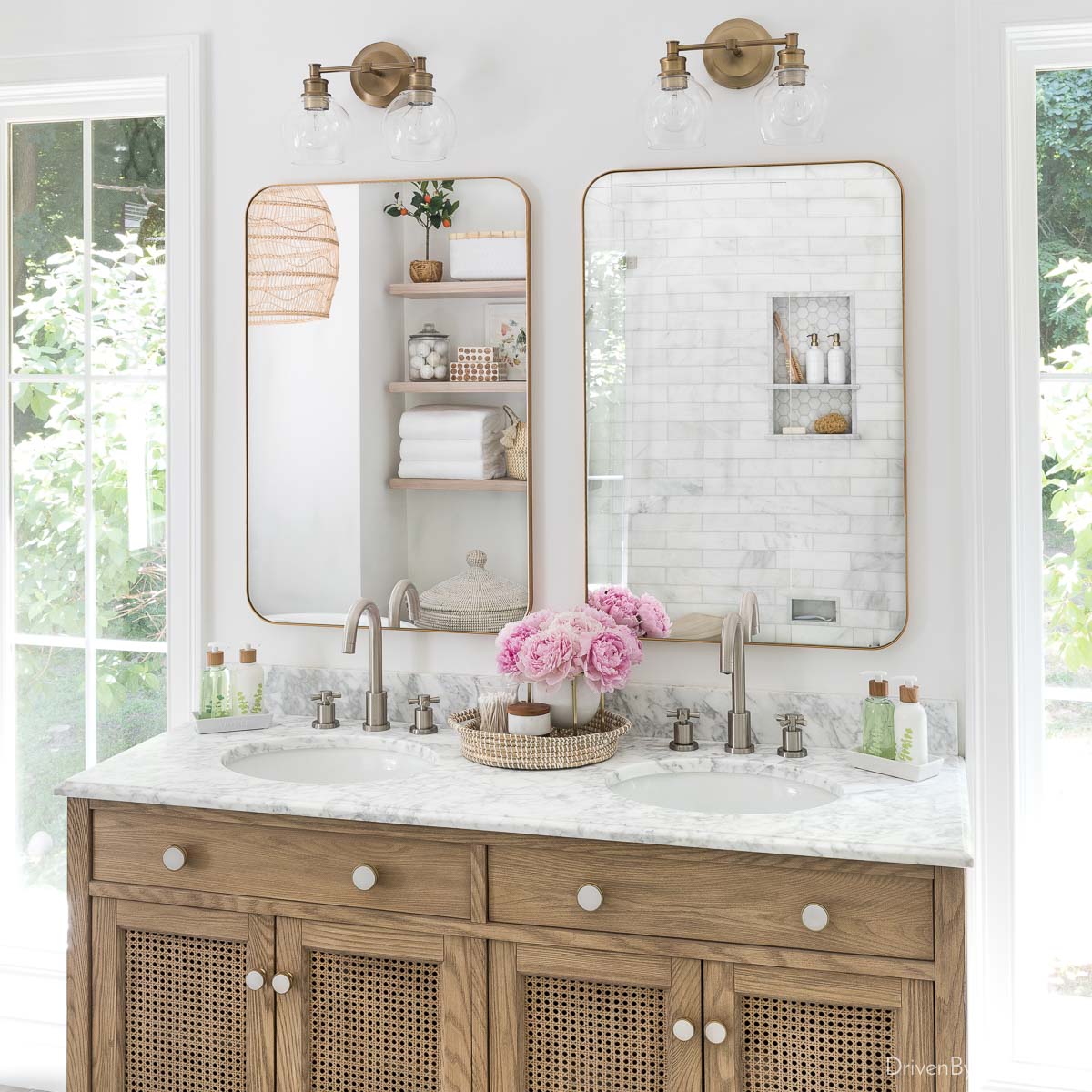
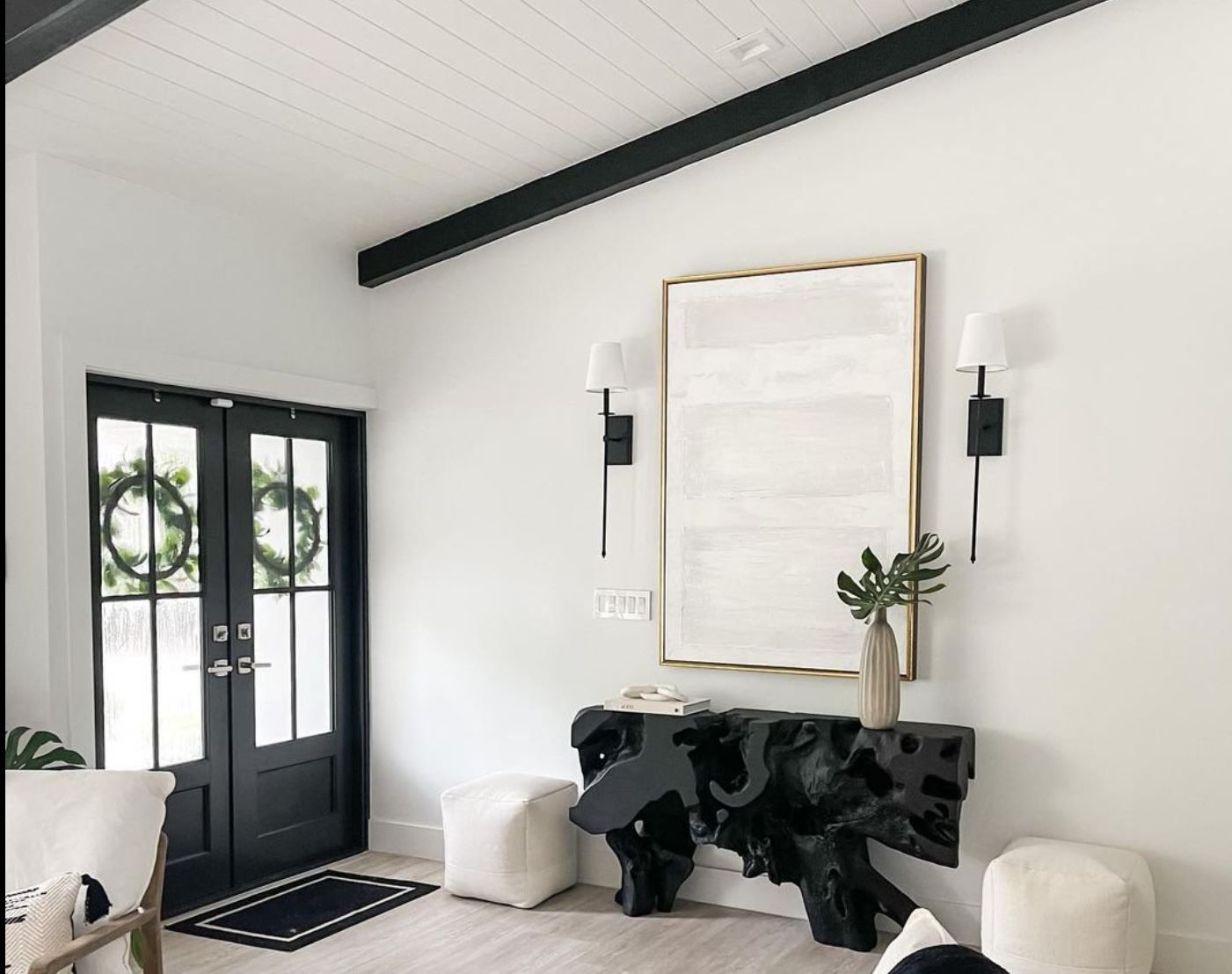
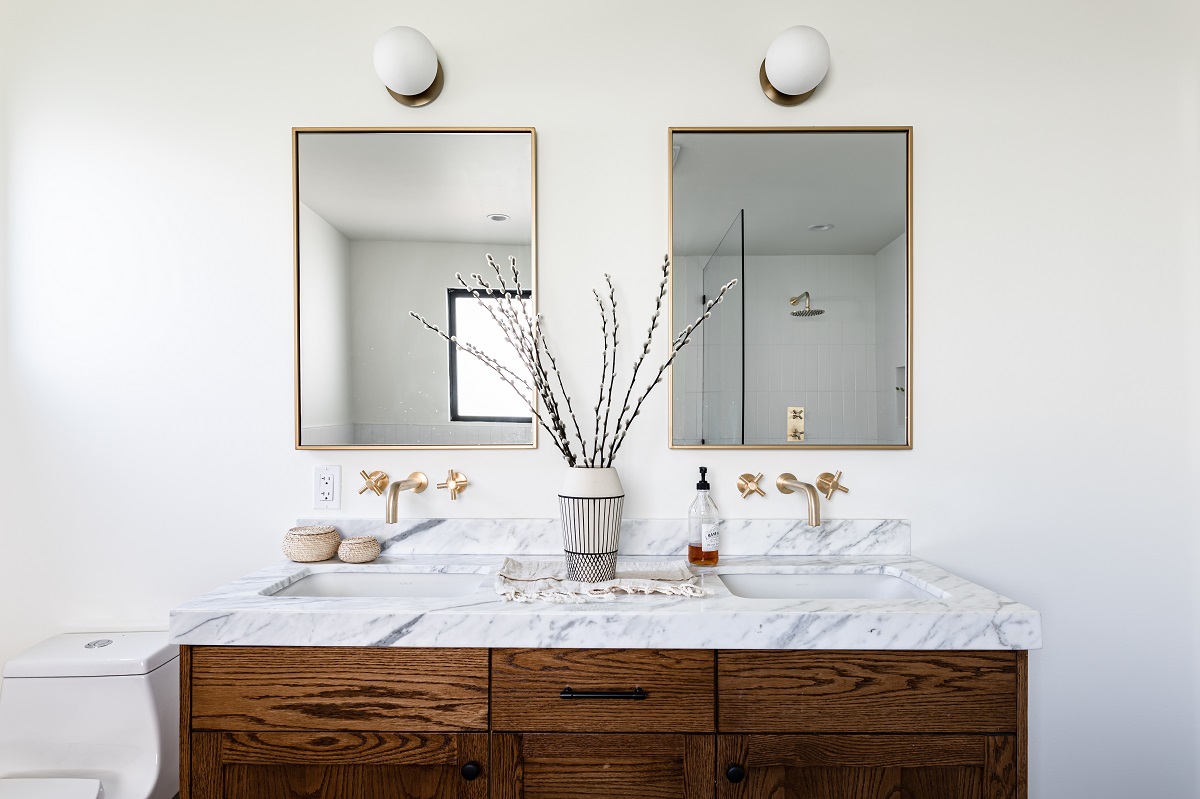

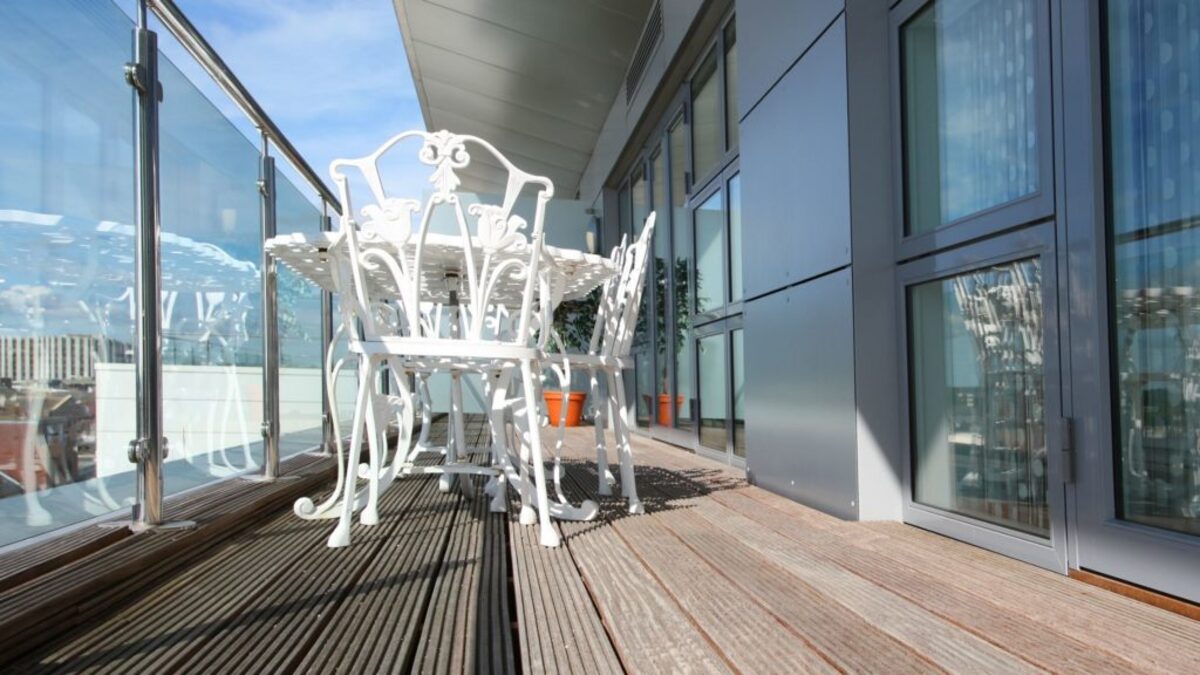

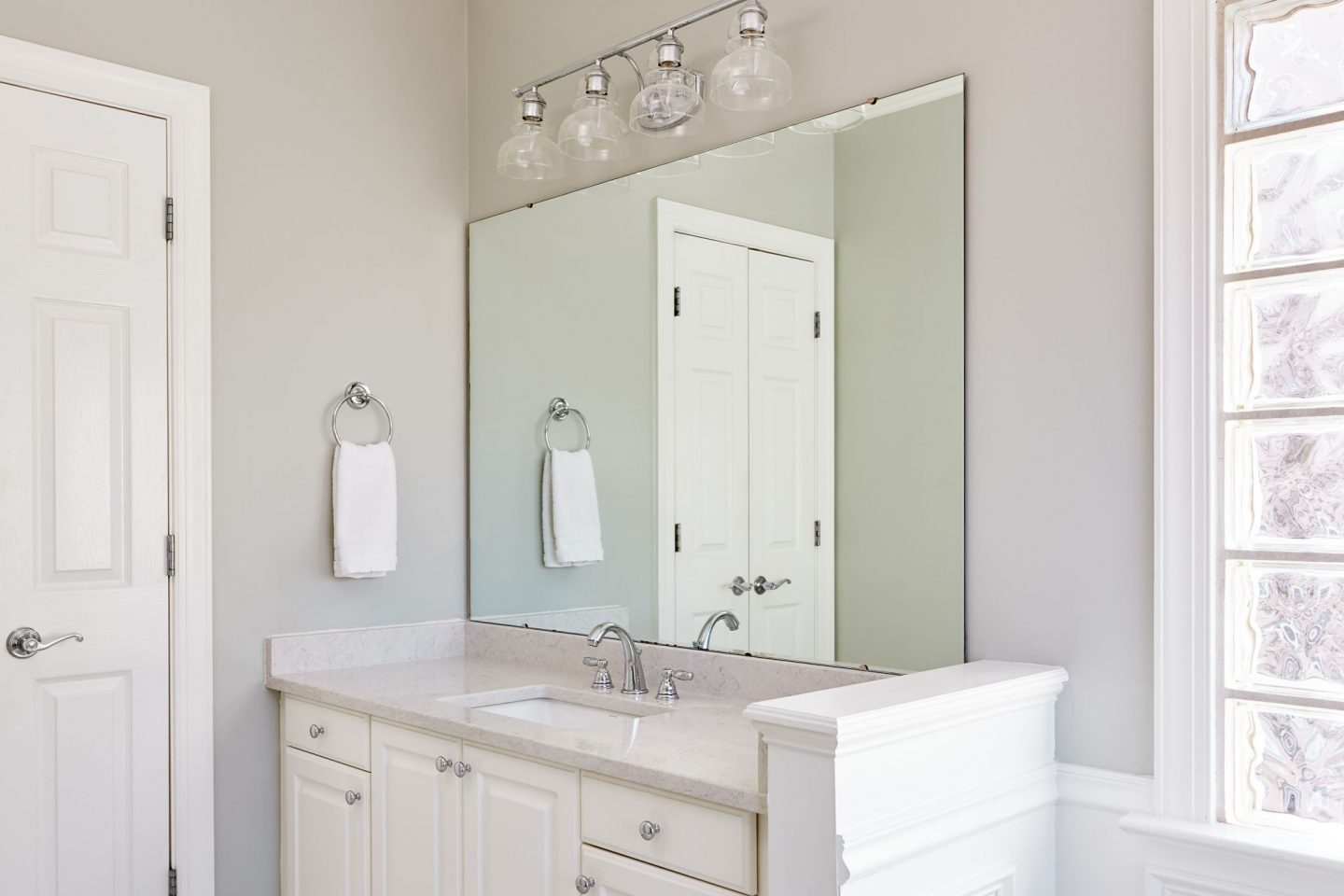
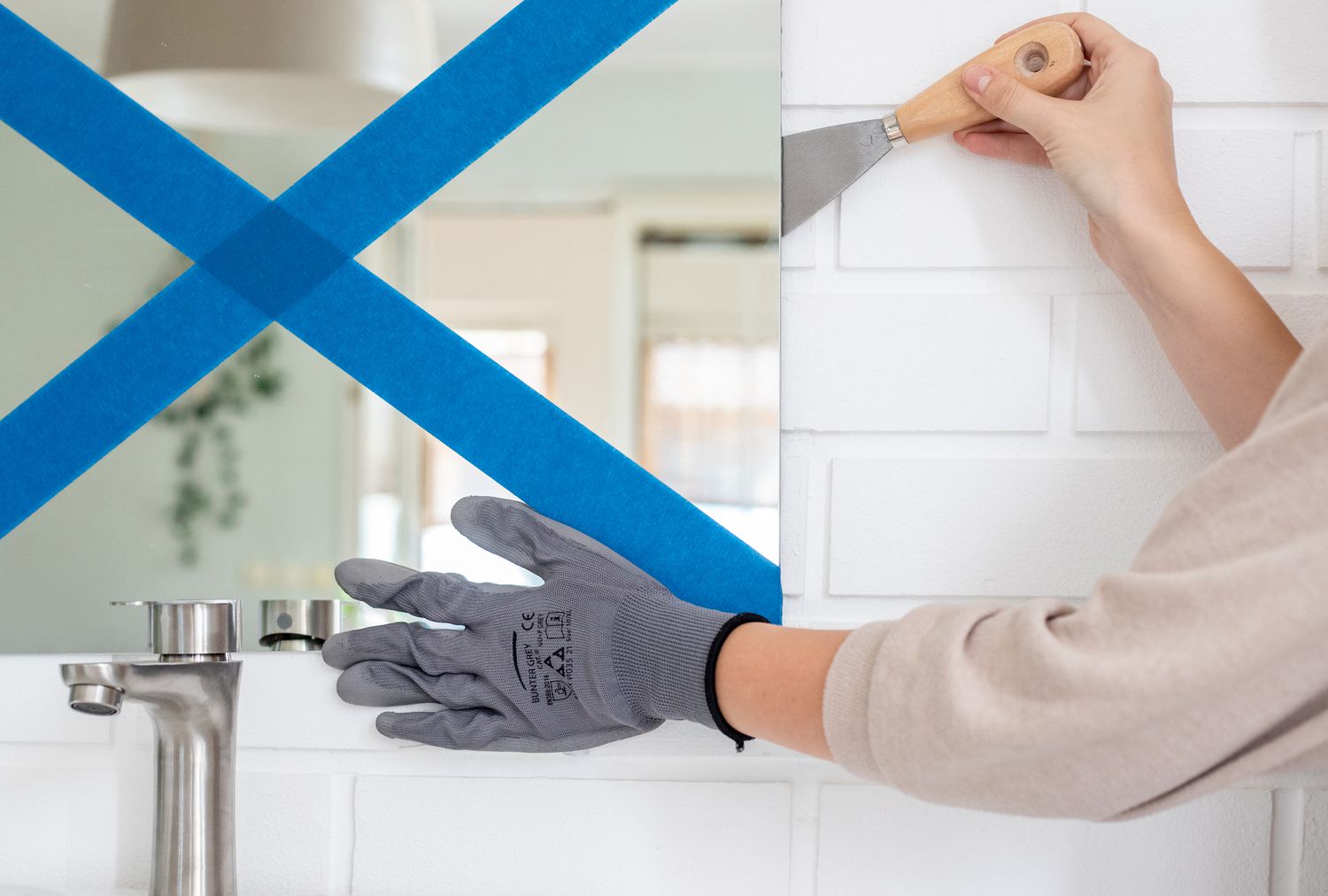
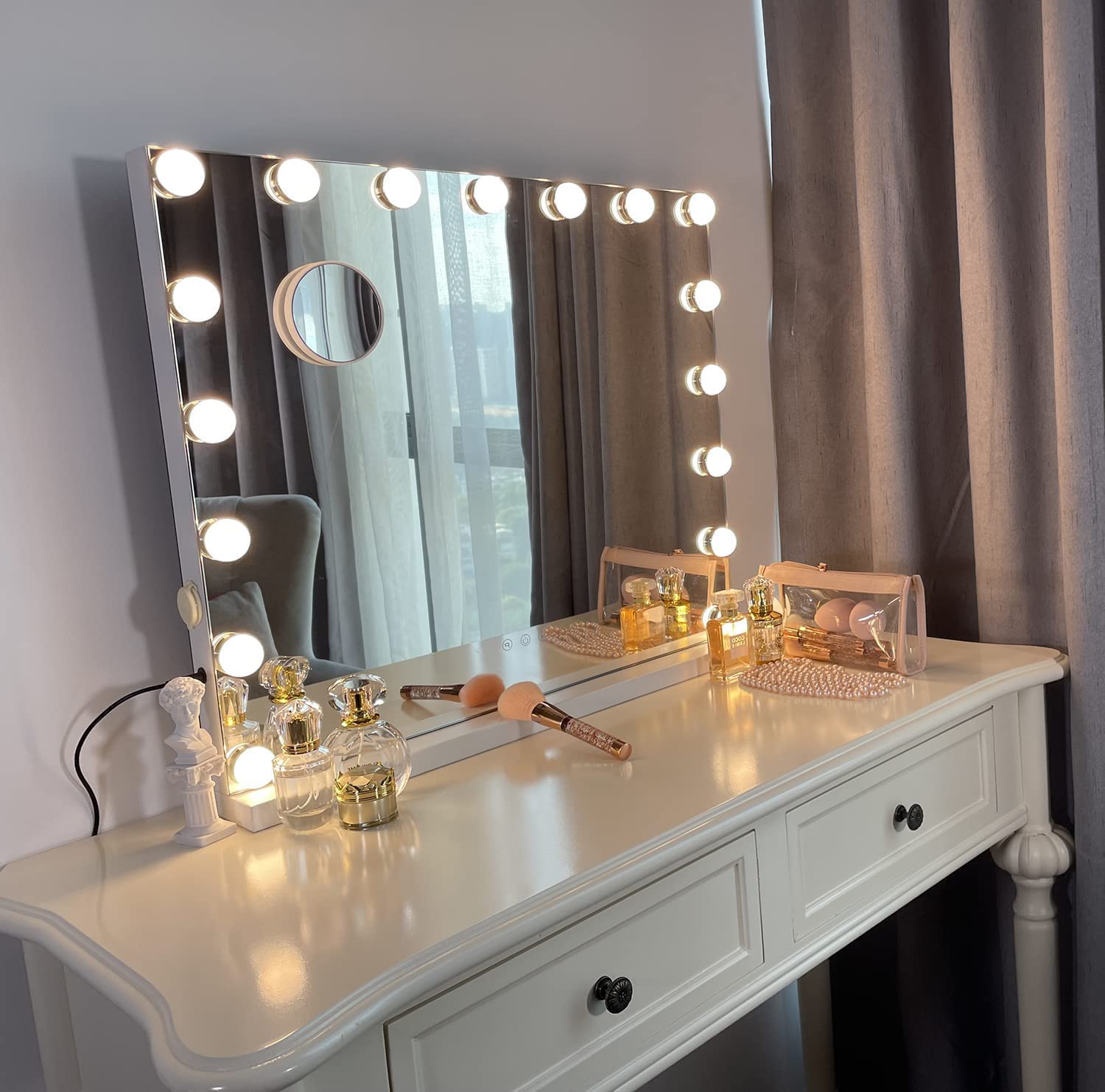
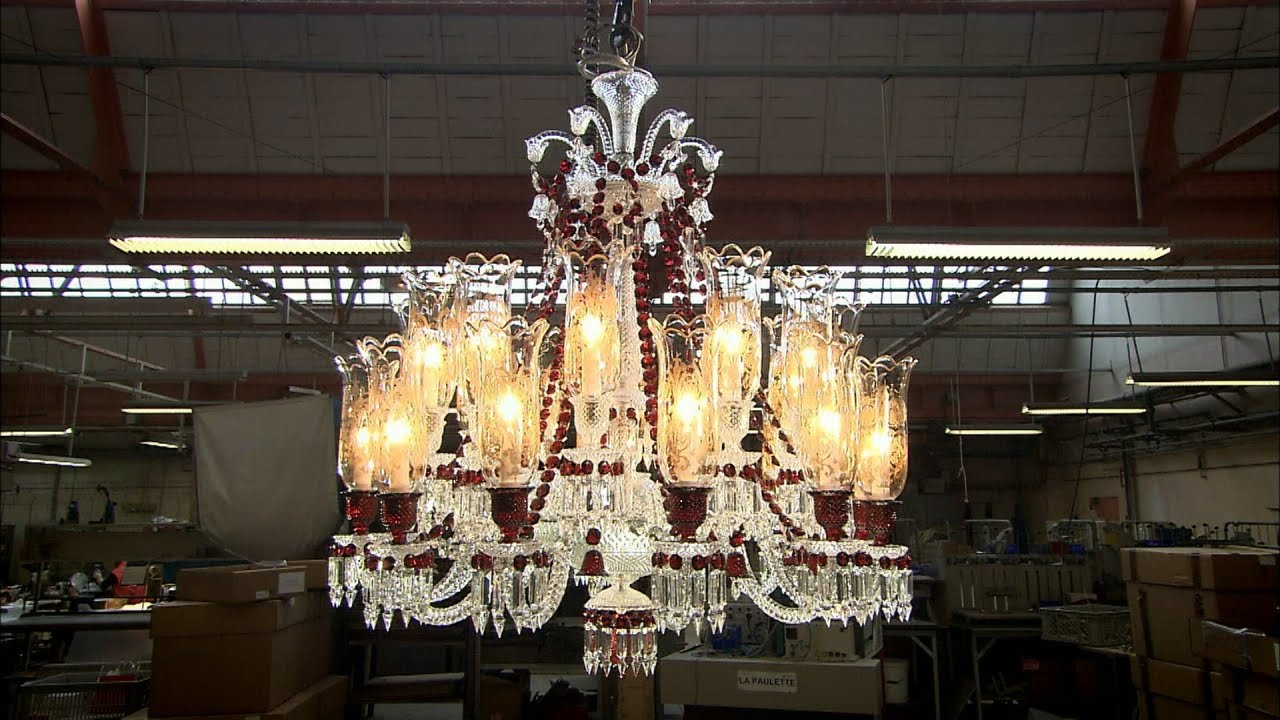

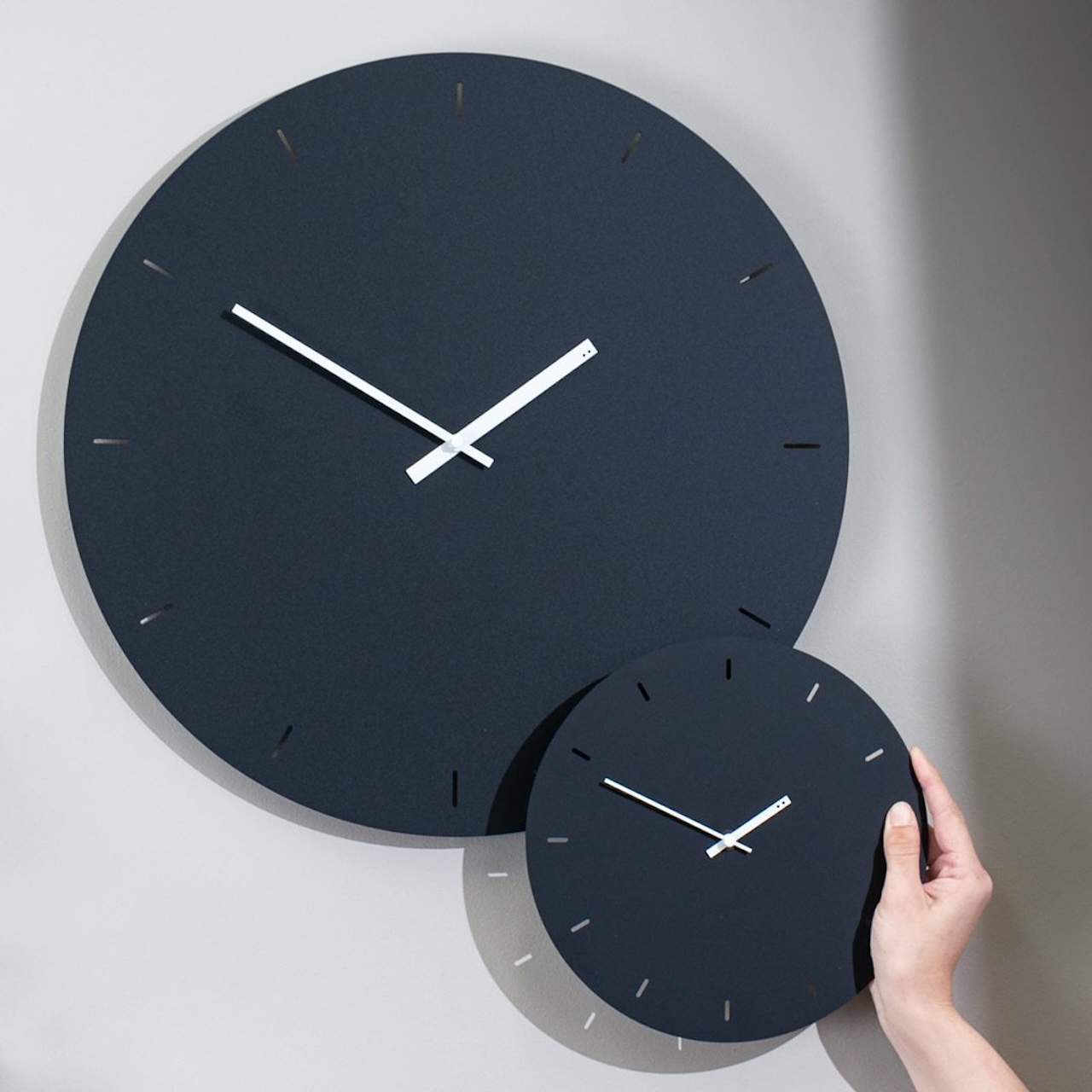
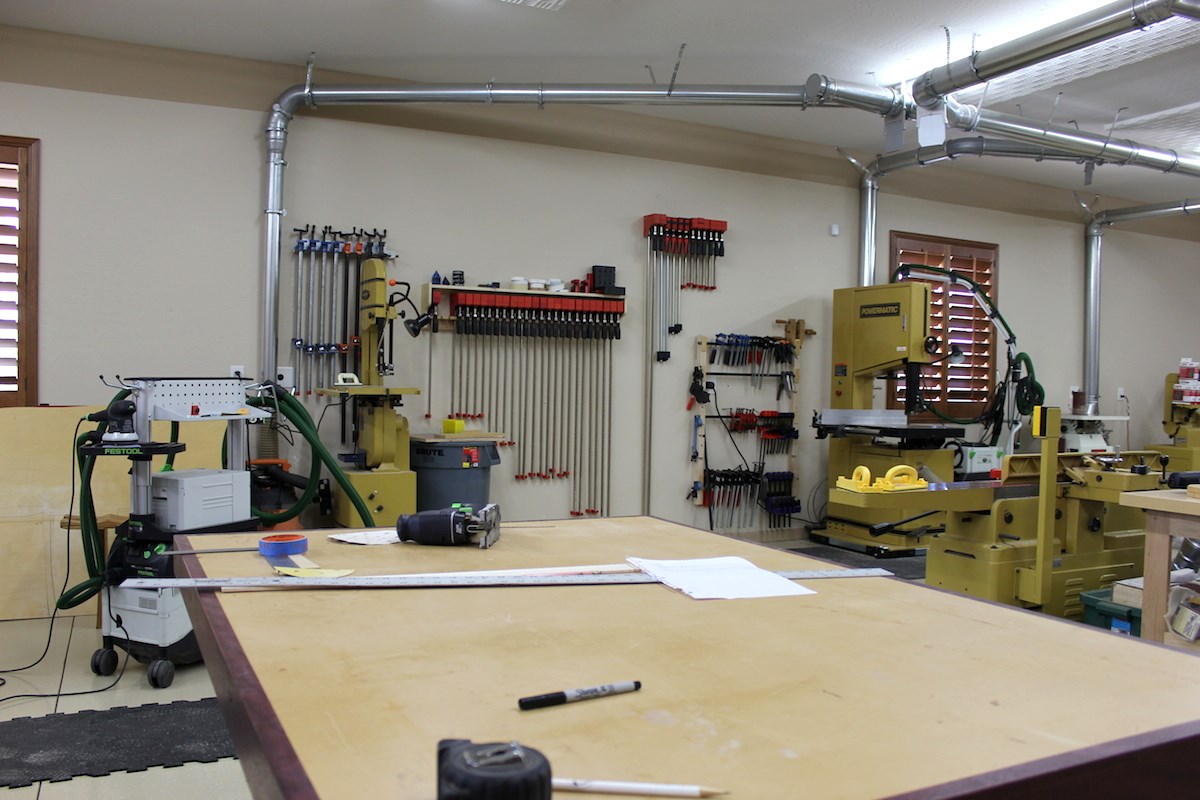
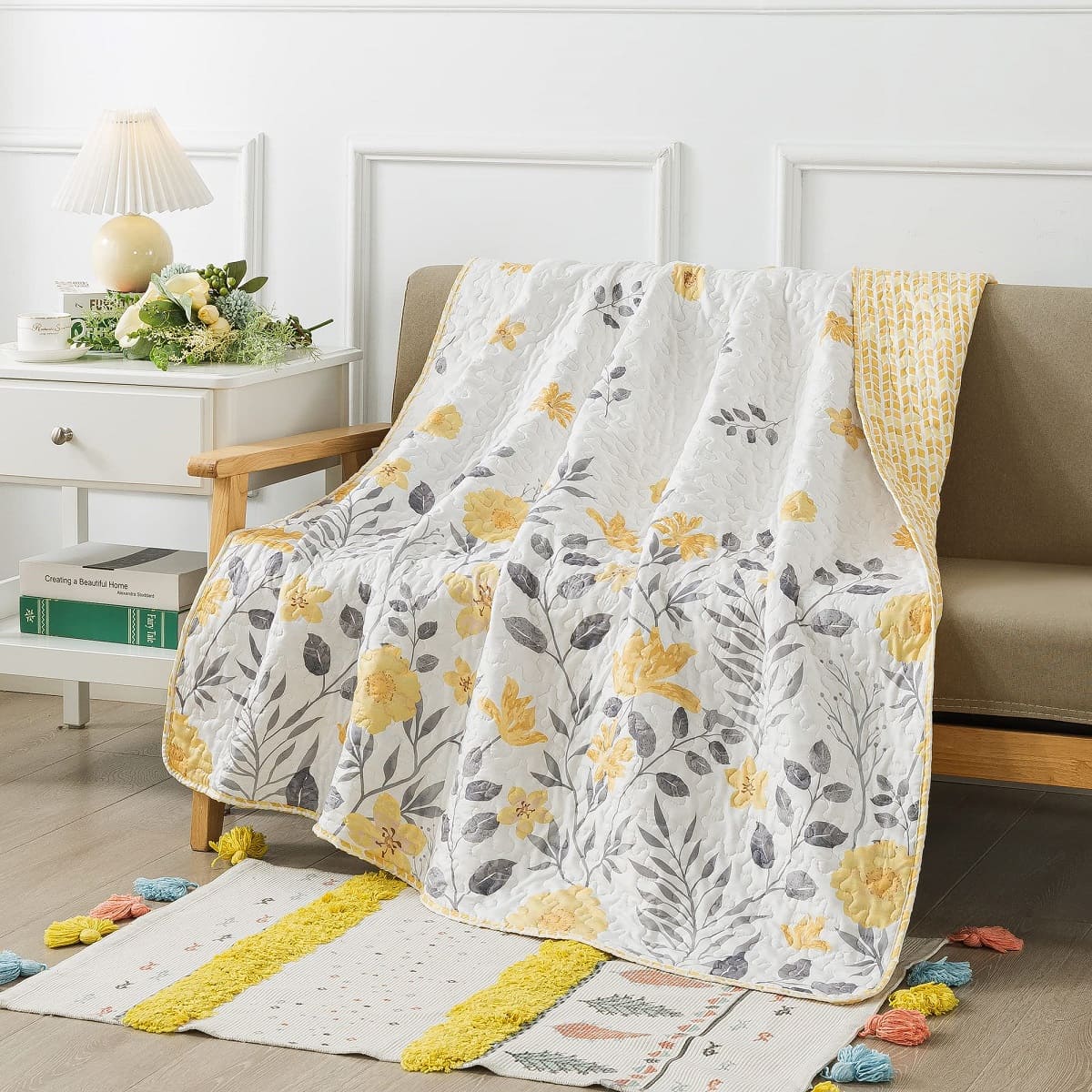

0 thoughts on “How Big Should A Bathroom Mirror Be?”